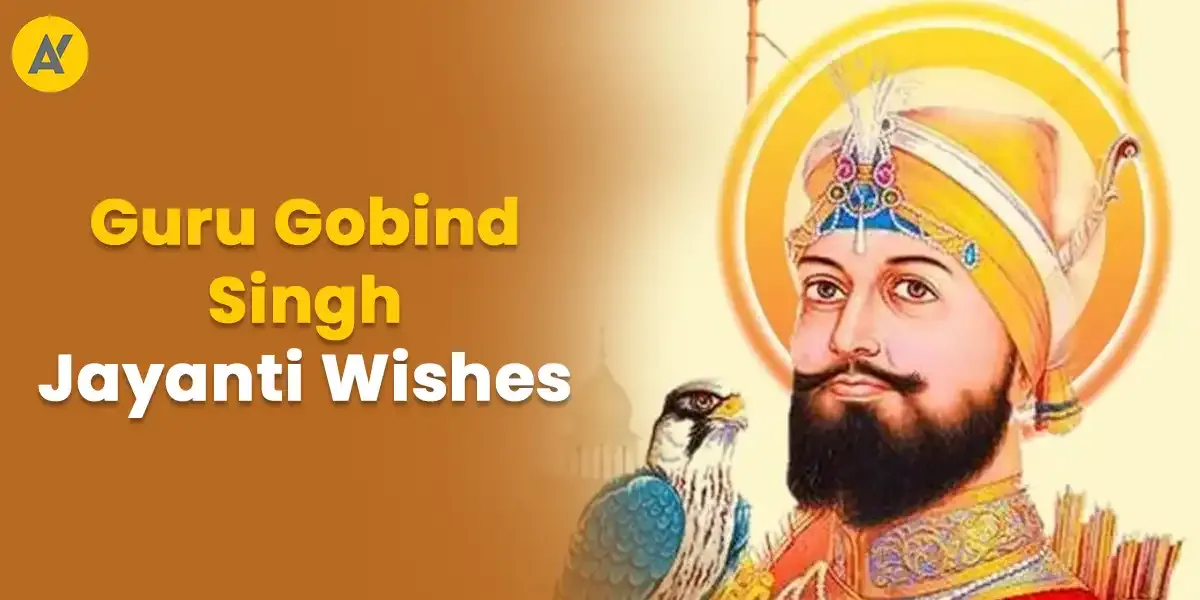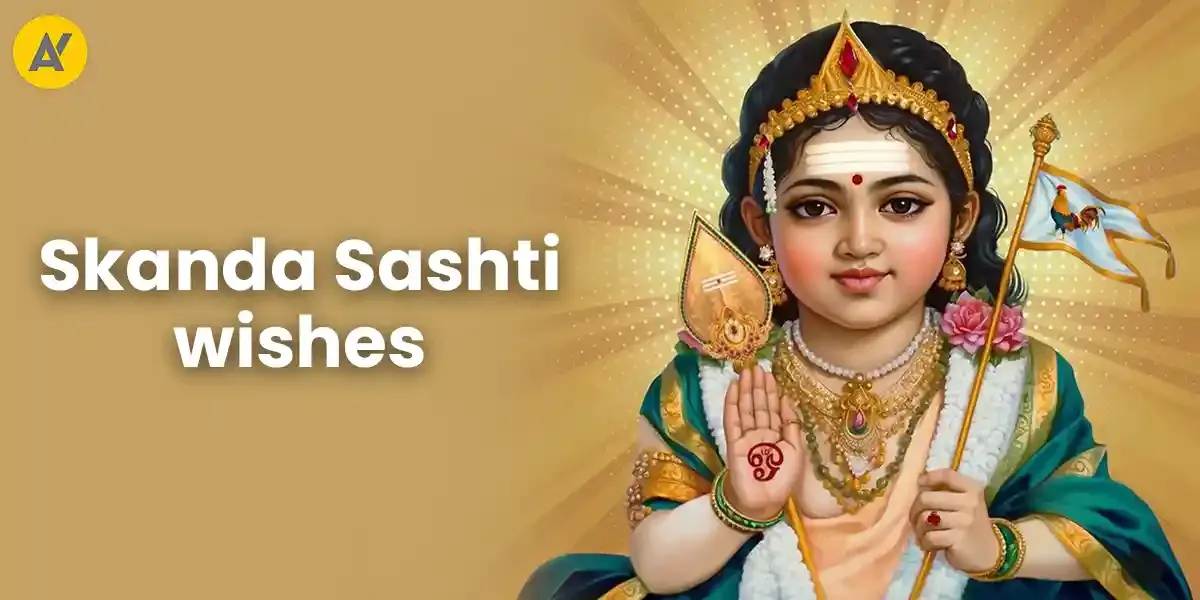
You will witness a celestial spectacle with a rich history of captivating human imagination – the Solar eclipse. The second Solar eclipse of 2023 in October is on the horizon. This celestial event, captivating humans for ages, holds a profound place in cultures across the globe. Dive into its significance, as it's been closely observed and documented throughout history. Moreover, these cosmic events have often been intertwined with astrology and religion, shaping destinies and impacting collective events.
In Indian or Vedic astrology, Solar eclipses, also called Surya Grahan, stand as powerful cosmic occurrences influencing various facets of life. They're not just mundane moments but hold transformative potential. That's why people turn to astrological remedies and rituals to tap into this energy.
Now, let's mark your calendar for the second Solar eclipse in 2023 in India. On the 14th of October, a Saturday, you'll witness a total Solar eclipse. The specifics of this cosmic spectacle, including the Solar eclipse 2023 in India date and time, are as follows:
When is The Solar Eclipse in October 2023?
Solar Eclipse Starts – 08:34 PM, 14th October 2023 (IST)
Solar Eclipse Ends – 02:25 AM, 15th October 2023 (IST)
Total Eclipse Duration – 05 Hour 51 Minutes
Sutak Begins – 08:34 AM, 14h October 2023 (IST)
Sutak Ends – 02:25 AM, 15th October 2023 (IST)
The Solar eclipse 2023 effect in India holds a promise of change and spiritual significance, making it an event to look forward to with wonder and reverence. So, get ready for the Solar eclipse in October 2023, a moment that could shape your cosmic journey and usher in transformation. Mark these dates, and embrace its sacred role in your life as it unfolds in all its celestial glory.
The Mechanics of A Solar Eclipse
Before diving into the astrological and spiritual aspects of Solar eclipses, it’s essential to grasp the basic astronomical mechanics. A Solar eclipse unfolds when the Moon positions itself directly between Earth and the Sun, momentarily concealing the Sun's light. This alignment casts a shadow, usually divided into two parts: the umbra and the penumbra. The umbra is the central, darker region where the Sun is entirely hidden, leading to a total Solar eclipse. Meanwhile, the penumbra, encircling the umbra, experiences partial blocking, resulting in a partial Solar eclipse. In a way, it's a celestial dance of light and shadow.
Learn more about the scientific facts of Solar Eclipses at the end of this article.
Significance of Solar Eclipse in Hinduism
Hinduism, one of the world's oldest religions, has a rich tapestry of mythology and beliefs associated with Solar eclipses, such as the Puranas and epics like the Mahabharata and the Ramayana. But the most notable is the story of Samudra Manthan (Churning of Ocean) and Rahu and Ketu.
A. Churning of the Ocean (Samudra Manthan)
One of the most famous Hindu myths involving Solar eclipses is the story of the churning of the ocean. According to the Puranas, the Gods and demons cooperated in churning the cosmic ocean to obtain the nectar of immortality (Amrita). During this epic endeavor, various celestial objects, including the Moon, emerged from the ocean. The churning process is believed to symbolize the cosmic forces at play during an eclipse, where the three celestial bodies, the Sun, Moon, and Earth, align in a celestial struggle.
B. Rahu and Ketu
In Hinduism, Rahu and Ketu are two shadowy celestial beings or planets associated with Solar eclipses. As the ocean churned, several divine and celestial objects emerged from the ocean. Among these objects was a pot (Kumbha) containing the nectar of immortality. The Devas, led by Lord Vishnu, were eager to consume the nectar to regain their strength.
However, the Asuras, led by a demon named Svarbhanu, also sought the coveted nectar. With a desire to attain immortality, Svarbhanu disguised himself as a Deva (God) and managed to sneak into the ranks of the deities who were being served the nectar. He stood between the Sun and Moon in the queue for nectar. When the Sun and Moon realized Svarbhanu's deception, they promptly informed Lord Vishnu and Lord Shiva.
Before Rahu could consume the nectar, Lord Vishnu severed his head with his divine weapon, the Sudarshana Chakra (discus). However, because Svarbhanu had managed to have a sip of the nectar, he became immortal. Svarbhanu was cut into two parts - the Rahu and the Ketu. The Rahu is the demon's upper body, and the Ketu is the lower body. Thereafter, Lord Vishnu ordered them to be placed in the planetary system.
According to legend, the Sun and Moon played a part in the beheading of the demon, making Rahu harbor a strong enmity towards them. This is why Vedic astrologers view the conjunction of Rahu with the Sun and Moon as unfavorable in one's horoscope. That is why the conjunction of Rahu with the Sun and Moon is considered unfavorable in the horoscope. As per the tale, Rahu periodically engulfs the Sun and Moon, resulting in Solar and Lunar eclipses.
An interesting read: Sun in Libra: Ready for A Surprise Romance Or Overseas Adventure?
Significance of Solar Eclipse in Indian Astrology
In Hindu astrology or Jyotish, Solar eclipses hold a special place. The Hindu Solar calendar, or "Panchang," takes Solar eclipses into account for various religious and astrological activities. Here's how Solar eclipses are perceived and incorporated in Hindu astrology.
1. Sutak Kaal: Hindu astrology generally considers Solar eclipses inauspicious times. They are believed to be associated with negative energy, and the Sutak period begins 9 hours before the Solar eclipse and ends with the Solar eclipse. However, this Solar eclipse will not be seen in India, so the Sutak Kaal effects will be weak or negligible. There are certain things that people should abstain from in the Sutak period. Some rules of the Sutak period are as follows.
- During the inauspicious or impure period of Sutak, cooking and eating are avoided. This period is considered inauspicious. However, these rules do not apply to individuals who are sick, elderly, or pregnant.
- Place a basil leaf in pre-prepared food before the impure period begins. Also, add a basil leaf to milk, anything made from it, and water. The presence of basil leaves is believed to neutralize the effects of the impure environment.
- Pregnant women should take special care of themselves, especially during the eclipse. They should not leave their homes from the start of the Sutak period until the eclipse is over. They should apply turmeric to their stomachs.
- From the start of the impure period until the end of the eclipse, pregnant women should especially avoid using sharp objects like knives or scissors. They should also refrain from sewing or stitching.
- Avoid looking at the eclipse with naked eyes. If you must see it, you can use welding glasses. Additionally, avoid performing Puja (worship) or rituals in your home temple during this time. Mental prayer or meditation is considered beneficial.
- In addition to fasting from food and water, it is customary to avoid other activities, such as sleeping, sexual relations, and any major undertakings during the Sutak period. The emphasis is on maintaining a spiritually focused and pure state of mind.
2. Rituals and Remedies: While Solar eclipses are seen as inauspicious, they also offer opportunities for performing certain rituals and remedies to counteract negative effects. Chanting Mantras, taking a ritual bath, and making charitable donations are some practices followed during eclipses.
3. Spiritual Significance: In Hinduism, eclipses are often seen as opportunities for spiritual introspection and meditation. Devotees may use this time to intensify their spiritual practices and seek divine blessings.
4. Astrological Analysis: Hindu astrologers closely examine the positions of celestial bodies during eclipses and incorporate this information into their predictions and horoscope readings for individuals.
Remedies to Do During the Solar Eclipse
Consider these Solar Eclipse 2023 remedies for a positive and uplifting experience.
- If you want to progress in your job, take a bath after this Solar eclipse and wear clean red clothes. Chant Lord Surya (Sun God) Mantras and offer donations of wheat, jaggery, red cloth, and copper, among other things. Making donations related to the Sun will strengthen your connection with the planet Sun, leading to success at your workplace.
- After the Solar eclipse ends, worship the Peepal tree. This brings happiness and prosperity in life. It is very auspicious to mix sesame and jaggery in water and offer it to the Peepal tree’s root for your luck, and it also removes long-term diseases.
- If you have Grahan Yog in your birth chart, then after the Solar eclipse, take six coconuts, and after spinning seven times anti-clockwise over your head, leave them in flowing water.
- Recite the Hanuman Chalisa and Aditya Hridaya Stotra after the Solar eclipse to ward off the ill effects of the eclipse and strengthen the planet Sun in your birth chart.
- If there is a conjunction of Sun and Ketu in your birth chart, then during the Solar eclipse, place black sesame seeds, lemon, and ripe banana in the flowing water.
- Place water, Kusha grass, and Durva grass in a copper vessel. Afterward, offer this water to a Peepal tree. Also, perform Parikrama around the tree 11 times.
- On the Solar eclipse day, light a Ghee lamp in the East direction. This will help reduce the malefic effects of Rahu. If Rahu is weak in the horoscope, then it will become strong.
Understanding of Solar Eclipses in Ancient India
Ancient India had a rich tradition of astronomy and mathematics, and scholars in this region made significant contributions to the scientific understanding of celestial phenomena, including Solar eclipses. Some of the notable scientific understandings are:
Aryabhata and His Work: One of the most prominent ancient Indian astronomers and mathematicians was Aryabhata, who lived around the 5th century CE. He is known for his seminal work, the "Aryabhatiya," which contains detailed mathematical and astronomical information. Aryabhata provided calculations and predictions for Solar and lunar eclipses based on a heliocentric model of the Solar system.
Siddhanta: The Siddhanta literature of ancient India, dating back to the classical period (approximately 5th to 11th centuries CE), contains valuable information about the calculation of eclipses. Scholars like Brahmagupta, Varahamihira, and Bhaskara II made significant contributions to this field. They used mathematical methods and trigonometry to calculate the timing and occurrence of Solar eclipses.
Astronomical Instruments: Ancient Indian astronomers used various instruments to study celestial events, including eclipses. The astrolabe and gnomon (a vertical stick used for measuring the altitude of celestial objects) were among the tools used for making observations and calculations.
Scientific Significance of Solar Eclipse
Solar eclipses have great scientific significance because they provide researchers with unique opportunities to study various aspects of the Sun, the Earth's atmosphere, and celestial mechanics. Some scientific aspects include:
Studying the Solar Corona: One of the most critical aspects of a Solar eclipse is the opportunity to observe the Solar corona, the Sun's outer atmosphere. During a total Solar eclipse, when the Moon completely covers the Sun, the corona becomes visible as a faint, pearly-white halo surrounding the darkened Sun. Scientists can study the corona's structure, temperature, and dynamics, which helps understand the Sun's behavior.
Solar Activity and Magnetic Fields: Solar eclipses provide an opportunity to study the Sun's surface and magnetic fields. Researchers can observe sunspots, prominences, and flares near the edges of the solar corona disk. These observations help study solar activity and its impact on space weather, including solar storms that can affect communication and navigation systems on Earth.
Atmospheric and Environmental Changes: During a Solar eclipse, there are observable changes in the Earth's atmosphere. The sudden decrease in sunlight can lead to a drop in temperature, changes in wind patterns, and altered behavior in animals and plants. These changes provide insights into the atmosphere's response to rapid shifts in solar radiation.
Gravitational Lensing: Solar eclipses provide a practical demonstration of Einstein's theory of general relativity. As the Moon passes in front of the Sun, the Sun's gravitational field bends the path of light from distant stars, creating a visual effect known as gravitational lensing. This phenomenon allows scientists to test and confirm the predictions of general relativity.
Astronomical Studies: Solar eclipses allow astronomers to observe stars and planets that are usually obscured by the Sun's glare. The darkened sky during an eclipse allows for observations of bright stars and planets, which can be used to verify their positions and study their atmospheres.
Types of Solar Eclipses
There are several types of solar eclipses, including:
Total Solar Eclipse: When it's a total Solar eclipse, the Moon completely covers the Sun, blocking its entire visible disk. This results in a brief period of complete darkness during the day, known as totality. During totality, the Sun's outer atmosphere, or corona, becomes visible as a pearly-white halo around the darkened Sun. Total Solar eclipses are the most dramatic and sought-after type of Solar eclipse but are relatively rare at any given location on Earth.
Partial Solar Eclipse: When a partial Solar eclipse occurs, the Moon partially covers the Sun's disk. This creates a crescent-shaped appearance of the Sun, with the degree of coverage depending on the observer's location within the eclipse's path. People outside the path of totality may witness a partial Solar eclipse during the event.
Annular Solar Eclipse: An annular Solar eclipse takes place when the Moon's apparent size is smaller than the Sun's. As a result, during the peak of the eclipse, the Sun appears like a bright ring, or "ring of fire," encircling the dark disk of the Moon. This phenomenon happens because the Moon is near its Apogee (farthest point from Earth), making it appear smaller in the sky.
*Note- The outcomes of the remedies may differ from person to person based on their horoscope. For more accurate insights, we recommend seeking an astrologer consultation.
Want to know more about how the second Solar Eclipse in 2023 will affect your life, or do you need personalized tips and advice? Connect with Vedic astrologer Astrologers on Astroyogi and get a personalized consultation.
Our in-house team of writers comprises of vibrant, like-minded, and curious souls who are passionate about helping people find joy and motivation through the magic of words. Our writers are keen on using their skills to make the study of divination sciences a guiding tool in people's lives. They hold expertise in writing on a myriad of topics related to Indian Astrology, Spirituality, Planetary Movements, Vastu Shastra, Numerology, and Tarot among several others. The Astroyogi team aims to write articles that can help the readers lead a life of peace and tranquility whilst enjoying the many ups and downs of life!




































